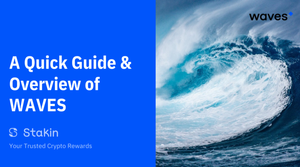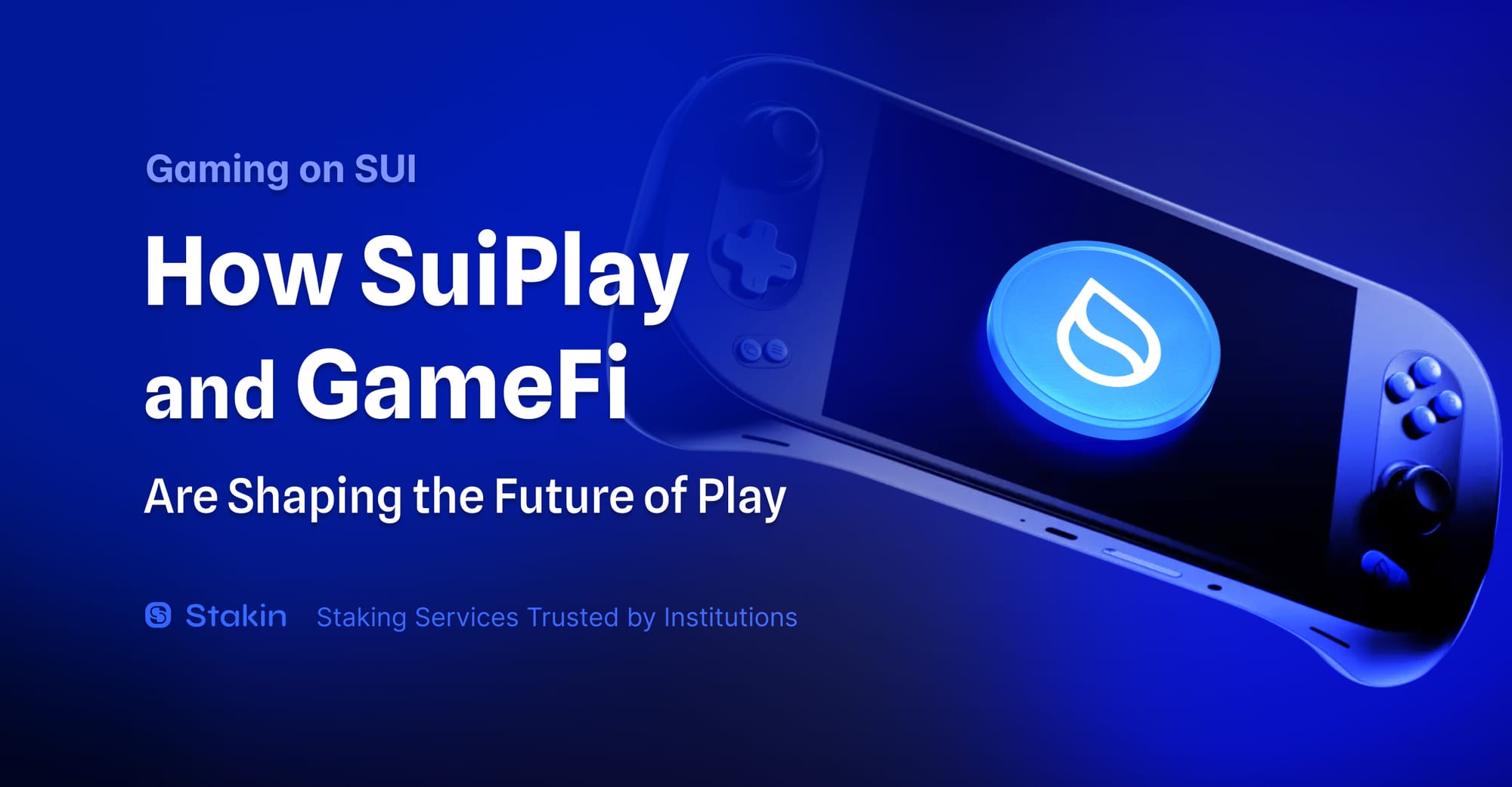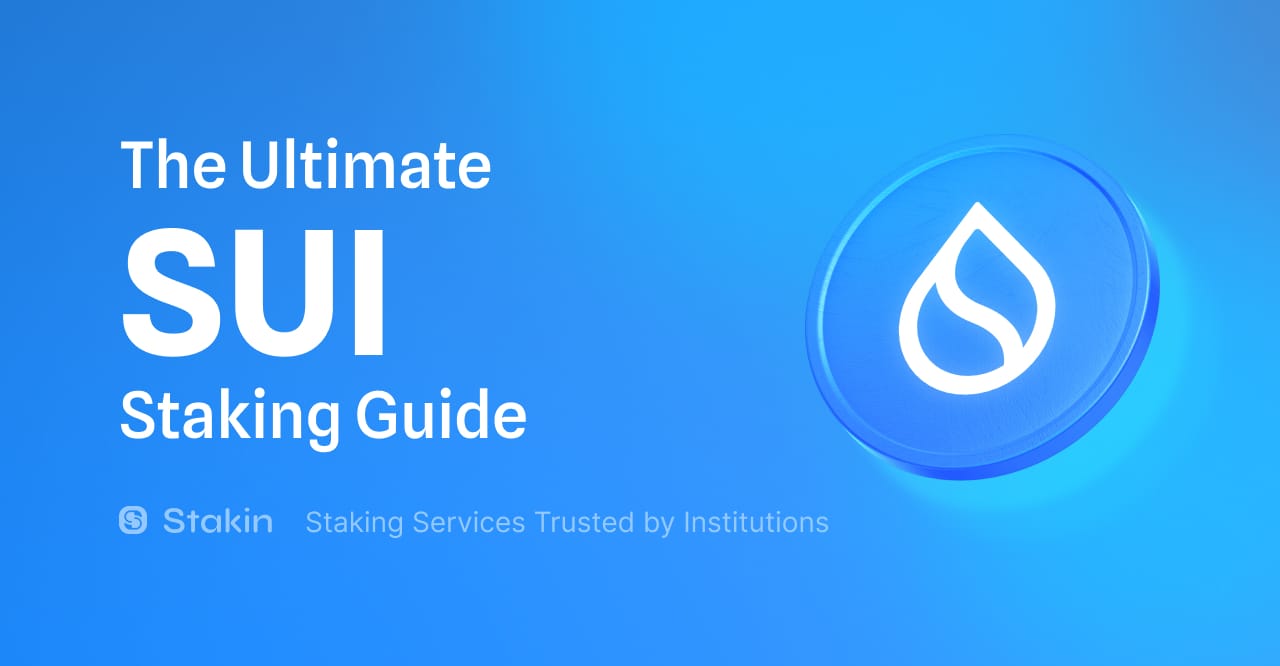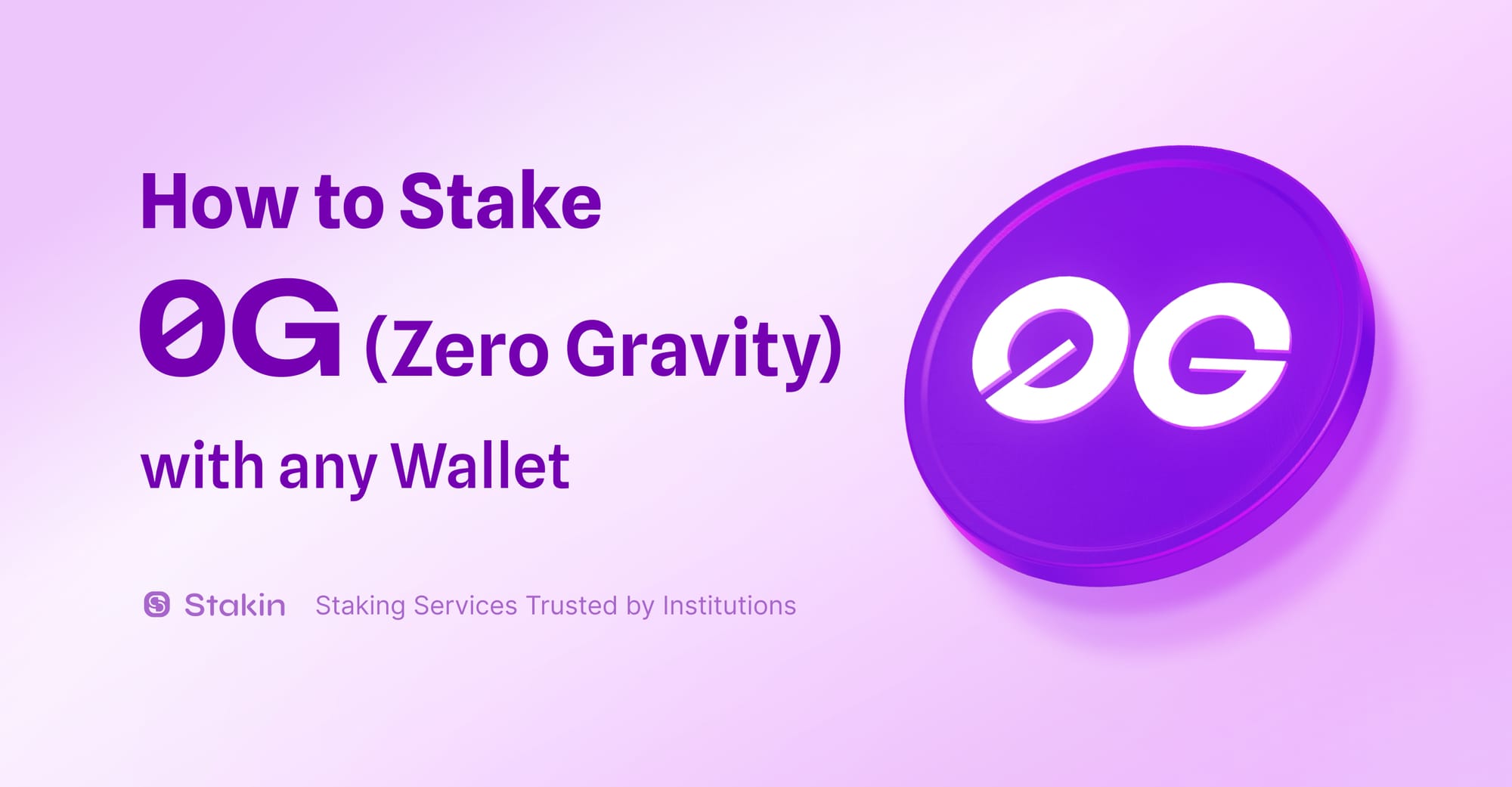Hi Readers👩💻,
As Stakin, we’re eager to expand our services, and one of the networks that we are monitoring is Waves. As such, we decided to write an article to introduce our community to the Waves Platform.
What is Waves?
The Waves Platform is an open blockchain platform and development toolset for Web 3.0 applications and decentralized solutions. The mission of Waves is to create an ecosystem that aims to accelerate the shift from centralized to entirely decentralized systems, while the emphasis is on the individual’s control of their data, assets, and privacy. The kind of applications that run on the network is essential core open-source apps (decentralized exchange, mobile apps, and voting) as well as various DApps.
The platform was launched in 2016 by the Waves Association in Frankfurt, and Waves has since released several blockchain-based solutions. The Waves Association’s mission is to provide next-generation technologies for the creation of digital ecosystems and decentralized collaborative environments and organizations. They believe that they will envision that dream through the Waves Platform.
The Waves’ technology is created to address the needs of developers and companies that want to use the properties of blockchain systems in their security, financial systems, and organizational business systems. Now, let’s take a quick look at the timeline of the network.
- In 2016 the Testnets of the Waves Platform where launched.
- The next year, in 2017, Waves launched the Mainnet with Leased Proof-of-Stake (LPoS), decentralized exchange DEX and the Waves-NG Protocol.
- In 2018, the first smart contracts where implemented.
- And in 2019, the release of the RIDE programming language, as well as the Mainnet of Waves Enterprise, a global private blockchain solution, was launched.
- In 2020 the platform continues to build and improve their solutions as well as adding new DApps to their network.
Leased Proof-of-Stake
Initially, the Waves platform started with the regular version of Proof-of-Stake. However, in 2017 they launched their Leased Proof-of-Stake (LPoS) consensus algorithm, with which the aim is to achieve the distributed consensus to secure the network. With this consensus, those who do not run a full node — can lease their WAVES tokens to mining nodes. Leased WAVES are locked in the user’s account and can’t be transferred or traded. But, the tokens remain in full control of the account of the holder. Now, the benefits of this kind of PoS for the nodes are that they can use the leased tokens to generate new blocks and earn mining rewards.
When using LPoS, leasers can participate in the process of generating new blocks because the more significant the amount that is leased to Waves nodes, the higher the chance that it will be selected to create the next block.
LPoS transactions work as followed. To be able to start leasing, the token holder needs to create a lease transaction and specify the address along with the number of WAVES they want to lease. There are only two options when it comes to transactions on the Waves Platform; you can either activate the leasing process or cancel it.
Waves-NG
The Waves-NG is based on the Bitcoin-NG proposal. So, let’s take a look at the original idea. The original Bitcoin-NG system, the next miner, is selected in advance, and this miner creates an empty ‘key-block,’ which is the block that will be added to the blockchain. Then, in close-to-real-time micro blocks are added in this key-block. The most significant advantage of this is that transactions can be added to the blockchain in just a few seconds. The Waves-NG is adjusted, to proof-of-stake, version of this system.
The Waves Token
WAVES is the primary token on the Waves Platform, in April 2016, 100 million WAVES were issued. 1 WAVES token equals to 100,000,000 WAVELETs, with WAVELETs you can operate on the blockchain. As mentioned earlier, on the Waves Platform, the easiest way to earn rewards is to lease your digital assets.
The Waves Platform has a decentralized token rating system. The idea behind this system is that the community has to provide a combined rating score instead of undertaking a full legal review. Anyone with a balance of at least 1 WCT (and 0.001 WAVES as a transaction fee) can participate. You’ll need to have Waves Keeper installed on your browser. When you want to rate a token, select the one you want from the rating table on the voting website, then choose 1 to 5 stars. After this, you can select the rating button and sign the transaction with Waves Keeper. Votes will be applied according to the number of assets in your balance and will take 24 hours to be applied.
- The initial token supply is 100,565,422 WAVES, of which, at the time of writing, 57,270,932 WAVES (57%) are staked.
- Staking rewards — the current annual rewards are set around 5.65% per year.
- You can obtain WAVES tokens by buying them on a decentralized exchange.
WaveFlow
WaveFlow is an exchange platform, created by the Waves network, on which the exchange rate is automatic and liquidy of tokens is constant. Initially, Waves DEX was the only place in the ecosystem where users could add liquidity to their digital assets. They did this by implementing a trading bot with a custom algorithm. WaveFlow was created to solve a problem that came with this, being that specialized skills and knowledge are required to use Waves DEX. WaveFlow is more accessible, more manageable in use, and, therefore, useable for non-expert level crypto enthusiasts.
The platform lets people exchange tokens and create an automated exchange with earning fees. Each transaction is a smart contract; the exchange rate is determined by algorithmic pricing, on which you can find more information here.
- Waves DEX is no longer in use, the Waves Exchange is its alternative.



